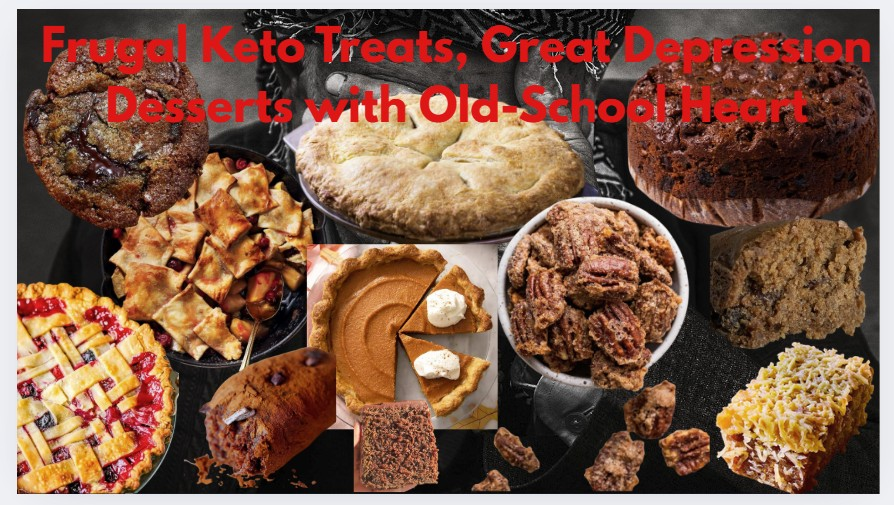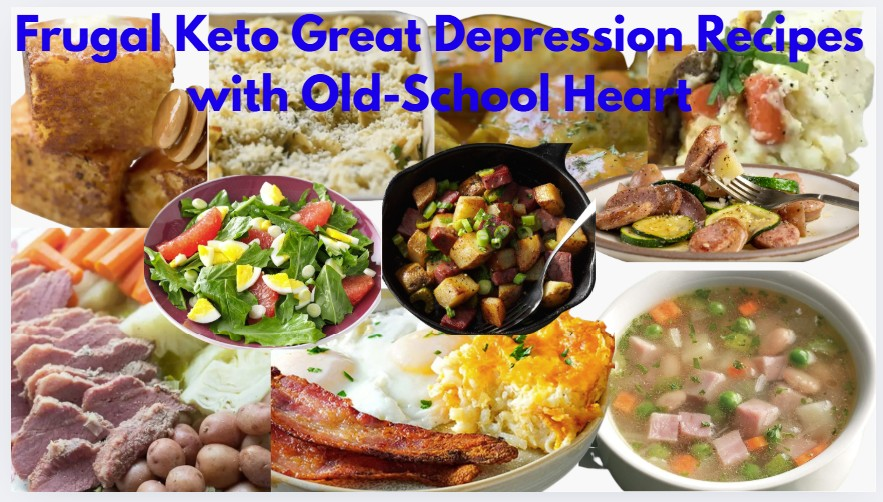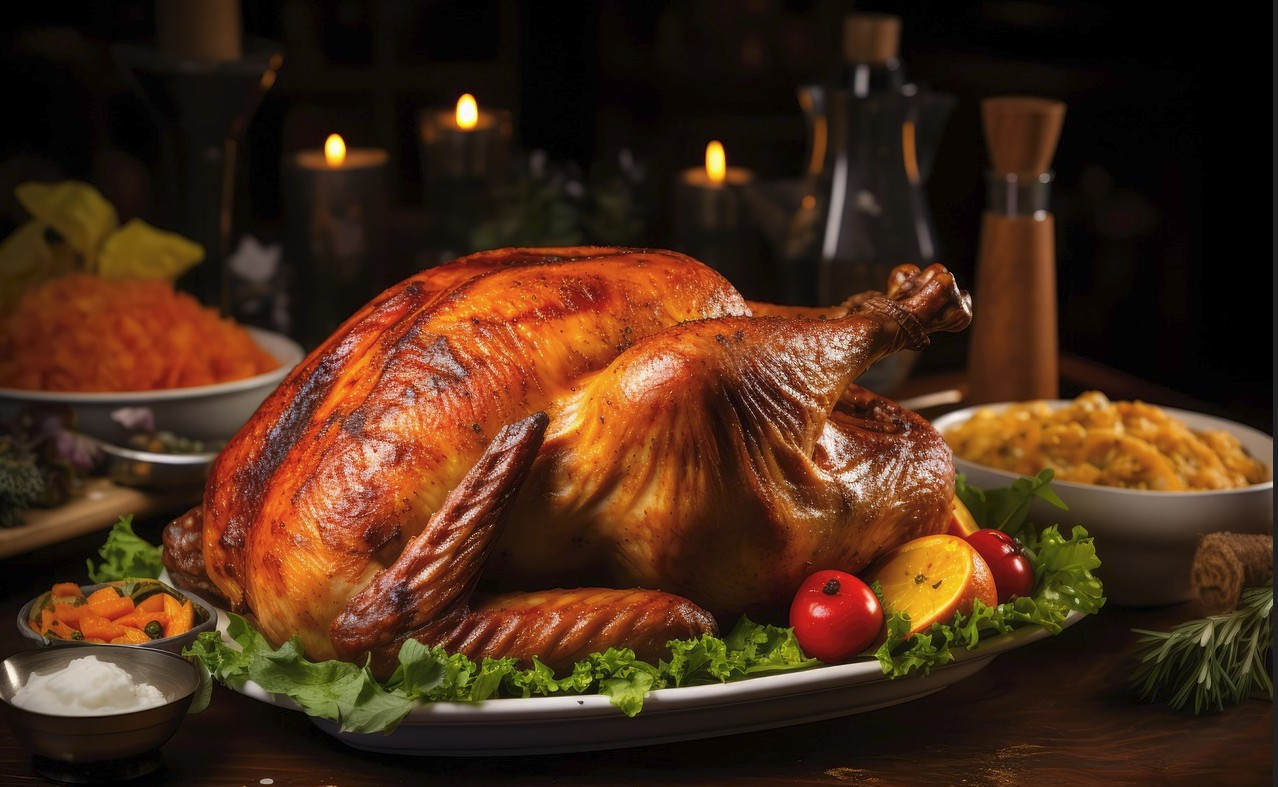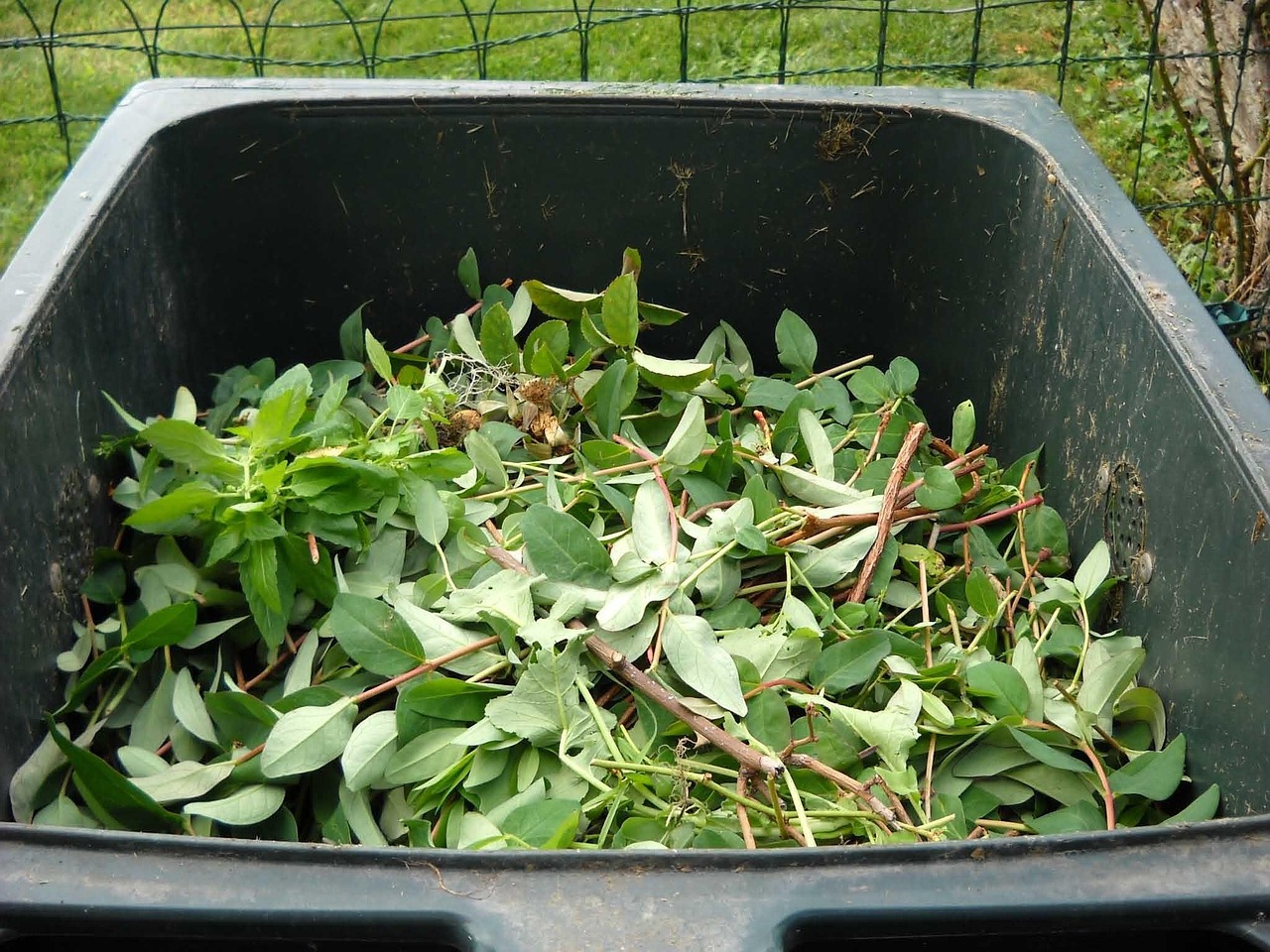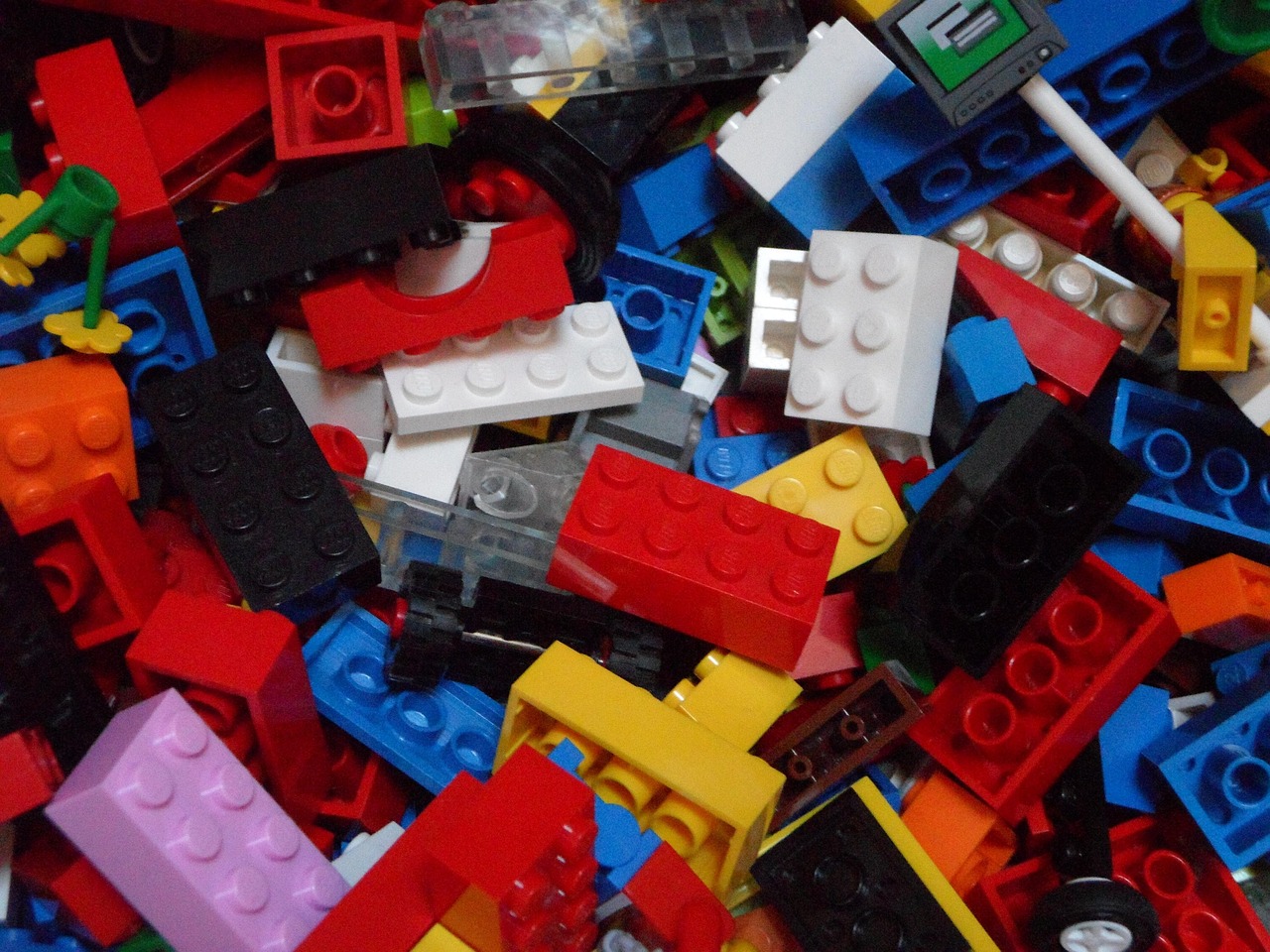Food waste shows up in every kitchen, no matter how careful you try to be. I’ve lost track of how many wilted veggies and forgotten leftovers ended up in my trash. It feels like tossing money away. The USDA says the average American family throws out about a third of the food they buy each year. That’s tough on your wallet and the planet. But you don’t need to make big changes to start cutting waste. Simple steps like planning meals, keeping your fridge tidy, and using scraps can make a difference. Here are 12 easy ways to cut food waste at home I use, along with advice from experts, to help waste less food and save money.
- Meal Planning
- Pay Attention to Dates
- Freeze Foods
- Start a Garden
- Compost/ Fertilizer
- Organize
- Repurpose your Leftovers
- Use the Overripe Fruits
- Inventory before Shopping
- Pickling and Preserving
- Don’t Shop Hungry
- Reduce Portions
- There are many ways you can reduce food waste at home
Meal Planning
There are plenty of simple ways to shrink your food waste at home and, honestly, the biggest bonus is how much it can help your wallet. In this article, I collected practical tips that anyone can tackle, no matter if you meal prep, compost, or approach leftovers with suspicion (I’ve been there). From turning soft veggies into soup, to freezing extra portions, or even keeping a running list on the fridge so you use what you have before it spoils, these habits really do add up. I spoke with a few nutritionists who stressed that small steps work best—just start with one or two ideas and build from there. You’ll notice less clutter in your fridge, fewer spoiled items, and your grocery bill might not look so scary next month. Give a couple tips a try and see what works for your routine; even tiny changes can lead to better habits and less waste.
Pay Attention to Dates
Most people glance at the date on their food and toss it out the moment time is up. I used to do the same, until I started looking at what those dates really meant. Most products have “best by,” “sell by,” or “use by” printed somewhere on the package. “Best by” is about flavor and freshness, not safety. “Sell by” helps stores keep shelves stocked with newer items; it’s not an order to dump your groceries. The strict rules kick in with dairy, fresh meat, or anything that can spoil easily. I always check for signs like a sour smell or slimy texture, especially with milk and greens. If they still look, smell, and taste fine, I keep them. Food waste is a real issue, and paying attention—using your nose, taste, and common sense—can save plenty from ending up in the trash.
Freeze Foods
Fresh fruit spoils fast. Almost everyone has tossed out mushy berries or browning bananas and felt the sting of wasted money. The trick I use at home: freeze leftovers before they turn. When I see a pile of ripe bananas, I slice and freeze them in one layer. They’re perfect for smoothies or quick baking (those banana bread cravings always seem to sneak up). Strawberries get the same treatment—washed, dried, and frozen so they don’t stick in one big clump. You’ll always have fruit on hand, and nothing rots at the back of the fridge. Bread also freezes well. I keep mine sliced and only grab what I need, so no more throwing out moldy ends. Simple habits like these protect your wallet and make meals easier. If you haven’t tried this, your future self will thank you.
Start a Garden
A lot of people think growing food at home needs a big yard or hours of work, but you can start with what’s in the kitchen. Instead of throwing out seeds from peppers, tomatoes, or lemons, plant them in a pot or in a small spot outside. You’ll notice the savings on your grocery bill, and you’ll throw away less food. Even food scraps can get a second life—lettuce bases, onion roots, and sprouting potatoes will regrow if you set them in water or fresh soil. Herbs are even simpler. Basil, mint, and parsley grow well from cuttings. I’ve tried this myself, and fresh basil from my windowsill tastes sharper than anything store-bought. You only pick what you need, so nothing gets wasted. Most small plants just need light, a bit of water, and some patience. These simple steps can help you save money and reduce waste at home.
Compost/ Fertilizer
Whether your space is filled with garden beds or just a few pots on a windowsill, composting food scraps really pays off. Potato peels, eggshells, and coffee grounds tossed into a countertop bin keep kitchen waste out of landfills (where it would make more methane) and turn into a steady supply of nutrients for your soil. I like to use coffee grounds for houseplants—just a light sprinkle every couple of weeks—and have seen my plants perk up in both color and new growth. Lisa Eldred Steinkopf, a horticulturist I trust, says to mix different scraps and let everything break down before adding it to pots. This approach keeps the soil loose, holds moisture better, and cuts back on watering. If you grow anything indoors, composting is an easy switch with real benefits. It’s simple, keeps your plants happy, and you notice the difference.
Organize
To cut down on food waste, start with how you shop and store groceries. Most of us put new food at the front of the fridge, pushing older items to the back (I’ll admit, I’ve grabbed the easy spot myself). The trouble is, food you can’t see gets forgotten, and it often spoils before anyone remembers it’s there. A quick fix is to use the “first in, first out” rule: every time you unpack groceries, move older items to the front and slide the new stuff behind. Suddenly, the leftover feta or bag of carrots is in plain sight, not lost in fridge limbo. After a week of trying this, you’ll likely see less waste and find it easier to spot what you actually need to buy next trip. Not only does it save food and cash, but it also makes your fridge less of a guessing game. Give it a shot—it’s a small habit with a big payoff.
Repurpose your Leftovers
Some people love leftovers; others avoid them. Both groups have a point, but leftovers are a simple way to cut down on waste and save money. Still, staring at last night’s cold chicken can drain all motivation. Here’s where a little creativity comes in. Dice up that chicken and toss it into a quick soup or fry it with veggies and a bit of soy sauce (honestly, you won’t miss the original meal). Meatloaf holds up well as a chili base—add some beans, tomatoes, and chili powder, and you’ll barely recognize it from last night. I used to toss leftovers. Over time, I started mixing things up, mostly out of convenience. The results surprised me. With a few fresh ingredients and some spices, leftovers feel less like repeats and more like new meals. If your habit is to skip them, try an easy swap or remix. Repurposed food often tastes better than expected, not to mention it stretches your budget a little further.
Use the Overripe Fruits
That browning banana on the kitchen counter and those soft, dark strawberries might seem past their prime, but I reach for them every time I make jam or dessert. Overripe bananas are perfect for banana bread. They add a deep, sweet taste and help create a soft, moist crumb (no wonder every old recipe calls for them). The same goes for berries: when they lose their firm shape, the sugar levels spike and the flavor gets stronger. I’ve turned leftover strawberries into quick jam, and it beats anything from the store. Don’t skip these fruits for pies, either. Their juices thicken better while baking, and the end result is much richer. Using what you’d normally toss out cuts waste, saves money, and gives you a flavor that you just can’t get with perfect-looking fruit. Try it and see if you notice the difference.
Inventory before Shopping
Most people don’t want to waste time sorting through every shelf or drawer before going to the store. We usually jot down a quick list of what we think we need and hope we remember the rest. This often means buying items we already have or forgetting key ingredients, which just leads to frustration and food wasted. I keep a simple log of what’s in my kitchen and what I throw away. For example, after noticing I tossed half a bag of spinach two weeks in a row, I started buying smaller amounts or waited until I actually wanted it. Tracking what comes in and out of your kitchen changes how you shop, makes it easier, and cuts waste. Experts say planning meals around what you already have saves money and reduces waste. If you haven’t tried this, it’s easy to start. Use a notepad on the fridge or an app to write down what you use and toss. A few weeks of tracking will show patterns and change how you shop for good.
Pickling and Preserving
Freezing isn’t the only way to keep produce fresh until you’re ready to eat it. Many people prefer pickling or fermenting, and I like it too. My fridge almost always has a jar of quick-pickled onions—bright, tangy, and easy to add to salads or sandwiches. You can pickle almost any vegetable—cucumbers, okra, even lemons. Canning takes a bit more work but is worth it when tomato season ends and you want fresh-tasting ketchup or salsa. Fermenting cabbage into kimchi adds a crunchy, spicy kick to plain meals and lasts for weeks. These methods save money and reduce waste. If I see carrots or green beans about to go bad, I don’t throw them away. I try a new recipe or way to keep them, and end up with something I love to eat. Pickling, canning, and fermenting are easy ways to give your produce a second chance. If you haven’t tried yet, start small and find what you enjoy. You might discover a new favorite.
Don’t Shop Hungry
Almost everyone hears this tip but few follow it: never shop on an empty stomach. It makes sense—and I learned this the hard way. When you’re hungry, you grab snacks and extras you didn’t plan on. They look too good to pass up at the moment. This usually means skipping important items, spending more, and ending up with food you throw away later. Registered dietitian Maya Feller says, “Shopping with a full stomach cuts down on impulse buys and helps you stick to your list.” I used to think I had the willpower, but after three bags of chips and no onions, I started eating a snack or a small meal before shopping. The difference was clear. My cart matched my list, I spent less, and wasted less food. If you often toss out uneaten snacks or spend too much, try this next time. You’ll find it easier to focus and buy only what you need. Bonus: keep a small protein bar handy for surprise trips.
Reduce Portions
Controlling portion sizes helps reduce food waste and saves money at the store. When you plan meals and serve the right amount, you avoid making too much food that just sits in the fridge. No one wants leftovers that go bad in a few days. This doesn’t mean you have to weigh every bite or follow a strict diet. It’s about paying attention. If your family never finishes a big pot of soup or you throw away leftovers, it’s a sign to cook less next time. I learned this the hard way—leftover lasagna spoiled quickly, but smaller batches disappeared by the next day. Making smaller portions still gives everyone enough to eat without extra waste. Using fewer ingredients for one meal also means more leftovers for other recipes. That saves space in the fridge and keeps money in your pocket. Over time, this simple change helps you shop smarter and waste less food.
There are many ways you can reduce food waste at home
Cutting down on food waste at home is easier than you think—and it saves money too. Here are some simple tips anyone can try. Turn soft vegetables into soup, freeze extra portions, or keep a list on the fridge to track what needs to be eaten first. I’ve been there, dealing with leftovers I didn’t trust. Nutritionists say starting small works best. Pick one or two habits and add more over time. Soon, your fridge will be less crowded, fewer foods will spoil, and your grocery bill will shrink. Try a couple of these ideas and see what fits your routine. Small changes can make a big difference.



